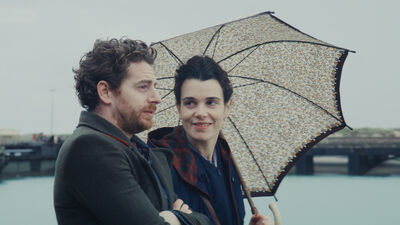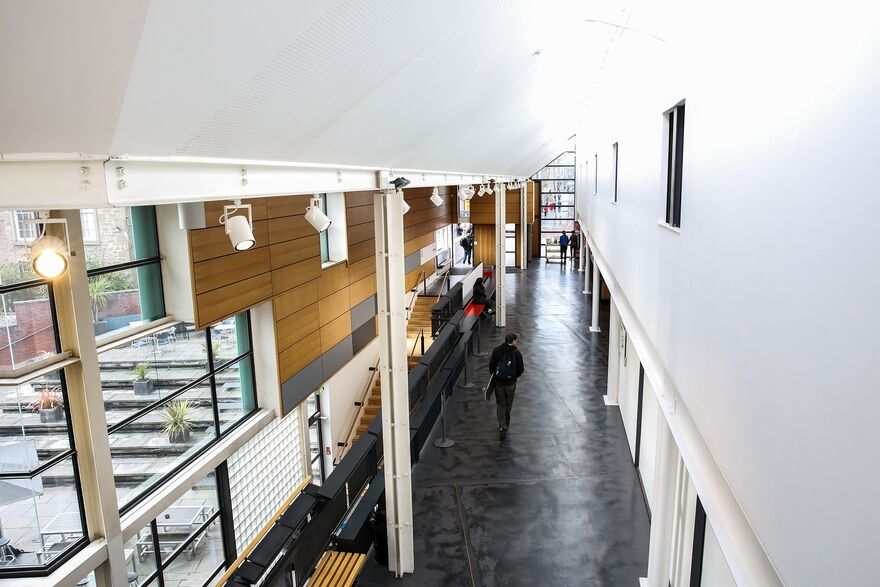
The magic of 35mm film
We talked to our cinema team about what makes seeing a film on film so special
At DCA we're lucky to have an expert team of in-house projectionists working in our wonderful projection booth during every screening. This means that not only can we bring you the best new releases and dazzling 4K remasters via our state-of-the-art digital projectors, but we regularly show both new and classic films on 35mm film. This means exactly what it sounds like – the film is projected onto our screens via huge reels of physical film, using specialist projection equipment.
We caught up with our projection team to find out more about what makes physical film so special.
Published

Ian Banks, Chief Projectionist
To me the most appealing thing about presenting a film in 35mm format is the excuse to fire up the wonder of engineering that is a 35mm projector. They really are something to behold and the symphony of gears and sprockets whirring away is strangely soothing. In an age of built-in obsolescence there is something very satisfying about watching a machine doing it's job for 30 years or more, sometimes way more!
The machinery is complex but there is an elegant simplicity to the process, the projector lens acting just like your eye. In a sense you are seeing a reversal of how the image was originally captured, which can't fail to involve you.

Cieran McCusker, Projectionist
While digital is crisp and sharp, a good 35mm print can retain such quality and greater depth of detail whilst also managing to bring something conversely soft and warm to the image. It's more pleasing to the eye. This is even more so the case when the film in question has been shot on 35mm and is being presented on a brand new print.

When it comes to vintage prints, some films survive better than others. Some prints age gracefully and still look fantastic decades after their initial despatch to cinemas, but certain wear on a film print, a line or two running across the frame from a scratch in the base layer, or speckles in the film’s emulsion can be common. A slight jitter in the image from the odd damaged sprocket are possible – almost to be expected, like an old splice clattering through the projector. There are rewards for embracing the slightly imperfect image – I find these elements just add to the charm of the vintage screening.
We always indicate in a film’s title if it’s going to be shown on film – look out for more screenings on 35mm coming soon, and come and see what makes them so special for yourself.
New in Cinema

28 Years Later

Elio


